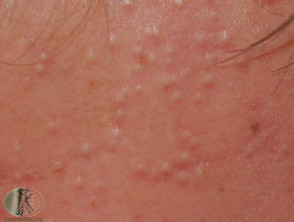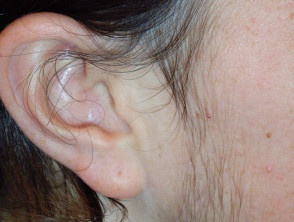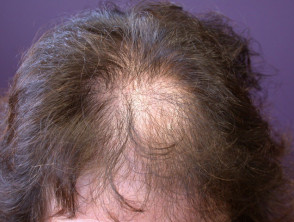What is an oral contraceptive?
An oral contraceptive, or birth control pill, is a medication that prevents pregnancy. They contain either two hormones combined (oestrogen and progestin) or a single hormone (progestin).
- The oestrogen component is usually ethinyl oestradiol.
- The progestin component is of one of several progestins.
OCPs suppress ovulation and thicken cervical mucus (which stops sperm getting into the womb).
Who takes oral contraceptives?
Oral contraceptives are mainly used by women of childbearing age for birth control. They also have non-contraceptive health benefits.
What skin problems are treated using oral contraceptives?
Oral contraceptives are used to treat signs of hyperandrogenism in women. The associated skin problems are
Hyperandrogenism refers to an excess of male hormone either in the circulation or due to increased sensitivity of individual pilosebaceous cells (hair follicle and sebaceous gland).
Women with signs of hyperandrogenism should be evaluated for underlying disorders such as polycystic ovarian syndrome, congenital adrenal hyperplasia, adrenal or ovarian tumours.
Skin conditions treated with oral contraceptive
How do oral contraceptives work for skin diseases?
Combined oral contraceptives suppress luteinising hormone (LH)-driven androgen production and increase sex hormone binding globulin. The result is a decrease in the levels of free androgen leading to improvement in acne and reduction in excess hair growth
The action of combined oral contraceptives depends on their oestrogen-progestin balance. Progestins are weak androgens.
- Oestrogens can reduce acne.
- Androgens can aggravate acne.
In a combined oral contraceptive, the effects of the oestrogen outweigh the effects of the progestin, so androgen levels decrease overall.
- Older first and second-generation progestins may sometimes activate the androgen receptor, making acne worse.
- Newer third and fourth-generation progestins such as norgestimate and drospirenone have less activity at the androgen receptor.
Progesterone-only oral contraceptives (the minipill) are not effective in the management of androgen-mediated skin conditions and can make acne worse.
What skin problems may be caused by oral contraceptives?
Skin problems sometimes caused by oral contraceptives include:
- Acne
- Melasma
- Autoimmune progesterone dermatitis
- Spider telangiectasis
- Pyogenic granuloma
- Porphyria cutanea tarda
- Erythema nodosum
- Acanthosis nigricans
What are contraindications to oral contraceptives?
Before starting oral contraceptives, especially oestrogen-containing OCPs, patients should be questioned regarding any possible contraindications, due to the risk of adverse effects. These include thromboembolism (blood clots) and liver disease.
Absolute contraindications to oral contraceptives
- Migraine with aura
- Smoking: women aged over 35 years who smoke >15 cigarettes/day
- Ischaemic heart disease, past or current
- Stroke
- Active liver disease: viral hepatitis, cirrhosis, or tumour
- Major surgery with prolonged immobilisation (combined oral contraceptives should be stopped 4 to 6 weeks before such surgery)
- Deep venous thrombosis, past or current
- Hypertension: poorly controlled (systolic >160 mmHg or diastolic >100 mmHg)
- Breast cancer, current (diagnosed within the last 5 years)
Relative contraindications to oral contraceptives
- Migraine without aura: in women aged over 35 years or in smokers
- Smoking: in women aged over 35 years who smoke <15 cigarettes/day
- Concurrent treatment with certain anticonvulsants (including phenytoin, carbamazepine, barbiturates, primidone, topiramate, oxcarbazepine, lamotrigine)
- Postpartum: first 3 weeks (if not breastfeeding), first month (if breastfeeding)
- Hypertension: well controlled or moderately well controlled (systolic 140 to 159 mmHg or diastolic 90 to 99 mmHg)
- Breast cancer, diagnosed more than 5 years earlier.


